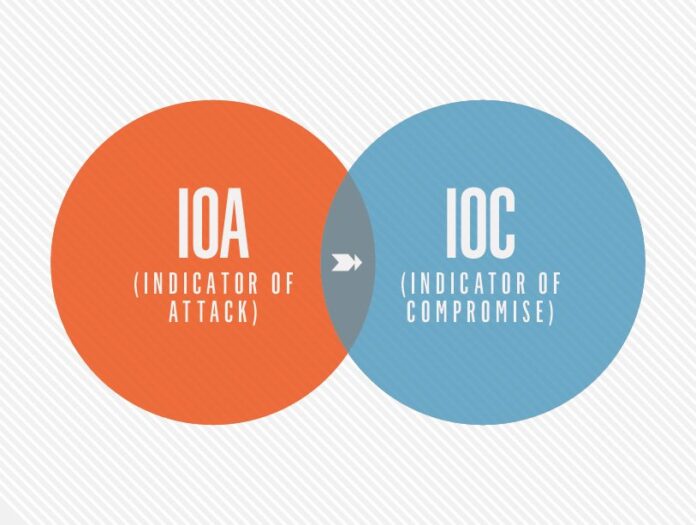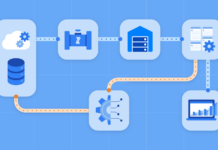Today we will talk about one of the most common problems and challenges in cyber security.
Before moving on to the main point of this article, we must first clarify the most basic concepts of the title. Threat hunting is part of the security operational services, i.e. finding potential hazards, detecting and managing them. Technologies such as SIEM (security information and event management) or EDR (endpoint detection and response) are used. There are other effective methods, depending on what danger you face and what goal you would like to achieve.
The purpose of threat hunting is to prevent the dangers in time before they enter the systems and cause consequences that will be difficult to “cure”. Therefore, advanced systems are used to automate this process. For example, at Cybersixgill you can see exactly how this works.
Weaknesses of systems are detected, cyber-attacks are prevented, potential threats are analyzed and they are prevented from entering the databases. Thereby, methods are created that will prevent similar activities in the future.
Generally speaking, threat hunting refers to cyber environments in a broad sense and is an advanced way of detecting dangers. The traditional way is to conduct evidence-based investigations after a cyber attack has taken place, while threat hunting is about preventing such dangers and preventing databases and security systems.
The most important things you need to know
Threats are actually some unusual occurrences, which indicate that there is malicious activity in the system. With the help of early detection, these attacks are prevented and it is assumed what their purpose is so that protection can be increased where needed. So, the stages of this process are:
– monitoring
– identification
– investigation
– hypothesis
– hunting the threat
– creating appropriate protection
– the destruction of the threat
By consistently adhering to these phases, you will be able to protect your IT system both inside and out.
What does it take to implement a successful threat hunting?

First, experts are needed who have the appropriate knowledge and skills and understand the advanced tools for such protection. Of course, they also know certain tactics, techniques, and procedures by which they monitor the network or system and notice when it is in danger.
This includes tracking huge amounts of information and data. Activity logs are tracked and noted if any behavior is unusual and is a potential threat to the system.
The next stage detects whether this activity originates due to a change in work protocols or is something external that threatens to destroy or steal the data. Based on that, a hypothesis is set and the procedure is continued, depending on the assumptions that occur. Of course, all this is coordinated with those who work and use the system, so that cyber experts can be sure that they are doing the right thing in preventing atypical activity.
Methodologies in threat hunting

We have explained above what are the approaches in successfully managing such challenges, and now we will explain the methodologies of the investigation:
1. Hypothesis-driven investigation
When a potential attack on a database is identified, it is assumed that it is malicious behavior, and based on that, an investigation is conducted to find out the specific purpose of the attacker.
2. IOC and IOA investigation

The IOC is the Indicator of Compromise, and the IOA is the Indicator of Attack, and they are basically the same thing. The investigation is based on indicators that are monitored to check if they will result in a malicious presence.
3. Advanced research methods
With the help of machine learning and data analysis, a more successful investigation is conducted, especially if the system is large and complicated, and the database is huge. Anomalies are detected at an early stage, prevented, and then investigated what their purpose was.
Steps in this process
Three basic steps are needed to conduct successful threat hunting:
1. Recognize the trigger
With the help of early detection tools, the trigger for the start of hunting is recognized, so that an appropriate defense can be set.
2. Detection and investigation
At this stage, with the help of advanced technologies, it is investigated in which part of the system such behavior is detected and whether it is repeated. In doing so, conclusions are drawn as to what exactly is at stake.
3. Resolution

At this stage, the security team operators respond appropriately to the threats. In addition, it is necessary to check the possible effects that such attacks had before they were detected.
According to all that we have said so far, threat hunting is a process that is very important in data analysis and timely alerting if activities occur that are not typical for that system, thus preventing major incidents.
To prevent them successfully, it is necessary to understand the purpose of such threats. In that way, it will be possible to implement adequate protection of the critical and vulnerable points of the whole system.
Of course, this process is conducted in a combination of human expertise and advanced tools, as well as 24/7 process monitoring. There is no time for rest in the IT sector because attacks can happen at any time. Therefore, it is necessary for companies and organizations to have trained expert staff, who will lead this process.
For a professional to be successful in this field, he or she needs skills for recognizing critical behaviors, knowledge of systems operating systems, expertise in cyber security, and knowledge of programming languages.
Only then can companies be sure that their IT systems are secure and that even if a problem arises, it will be resolved quickly.
It takes time, resources, and commitment, as well as the professional staff who will be able to manage all these security aspects. They need to combine their skills with the right tools for the results to be successful, but also to prevent similar dangers and threats in the future.
And this is almost everything you need to know about cyber threat hunting and why it is important to every company and organization.










